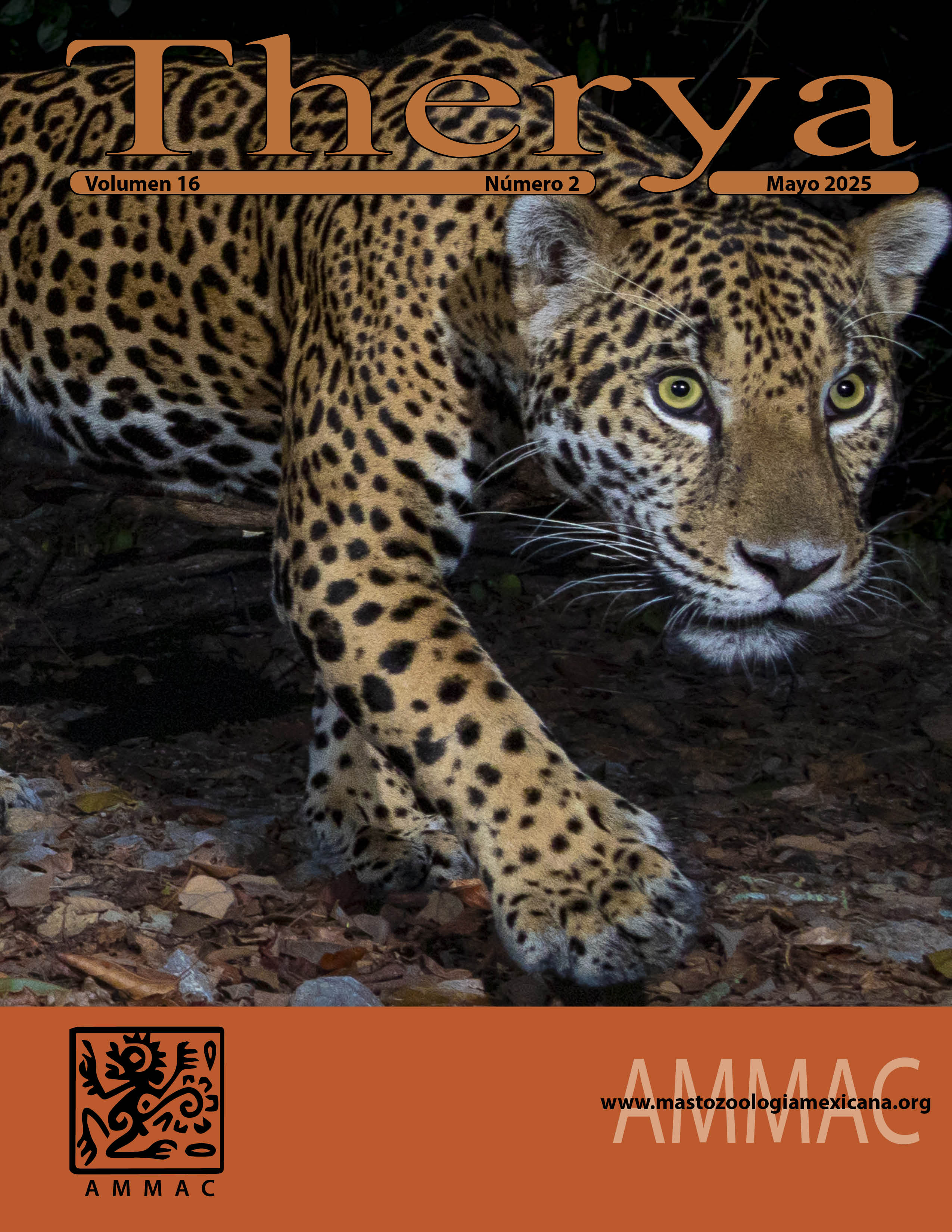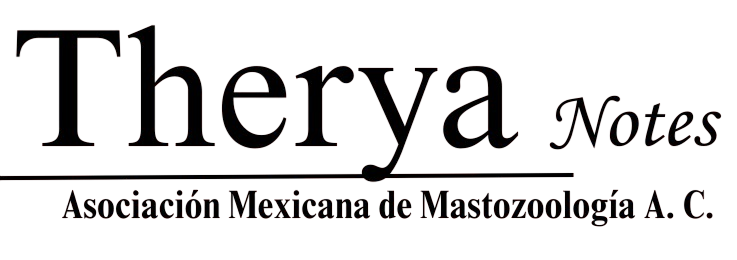Diversity and activity patterns of medium- and large-sized mammals in an intraurban vegetation fragment in the city of Mérida, Yucatán, Mexico
Keywords:
Urban area, biodiversity, feral fauna, interactionsAbstract
Urban sprawl, a type of horizontal urban growth that characterizes many Latin American cities, is associated with low-density developments that encroach upon large natural or agricultural areas, fragmenting and isolating surrounding landscapes. Mérida is a typical example of this urbanization pattern, which has led to habitat fragmentation and significantly affected biodiversity. This study focused on medium- and large-sized mammals in an unprotected urban vegetation fragment, evaluating biodiversity, activity patterns, and the influence of feral fauna. Camera traps were installed across a 38-ha vegetation fragment in Mérida, collecting data during the dry and wet seasons. Photographs were analyzed to identify species, calculate the Relative Abundance Index (RAI), and estimate diversity and activity patterns. Nine wild mammal species were recorded; Urocyon cinereoargenteus and Odocoileus virginianus were the most abundant. We observed significant diurnal activity, especially in Odocoileus virginianus and Nasua narica, while Sylvilagus yucatanicus and Urocyon cinereoargenteus were most active at dawn and dusk, and Spilogale yucatanensis focused its activity at nighttime. We observed an overlap in activity between feral fauna and wild mammals. Despite the pressure from urbanization, the vegetation fragment studied harbors a significant diversity of wild mammals. However, feral fauna, including dogs and cats, adversely impacts wild species, highlighting the importance of implementing management and conservation strategies in urban fragments to protect biodiversity.
Downloads
Downloads
Additional Files
Published
How to Cite
Issue
Section
License
THERYA is based on its open access policy allowing free download of the complete contents of the magazine in digital format. It also authorizes the author to place the article in the format published by the magazine on your personal website, or in an open access repository, distribute copies of the article published in electronic or printed format that the author deems appropriate, and reuse part or whole article in own articles or future books, giving the corresponding credits.










